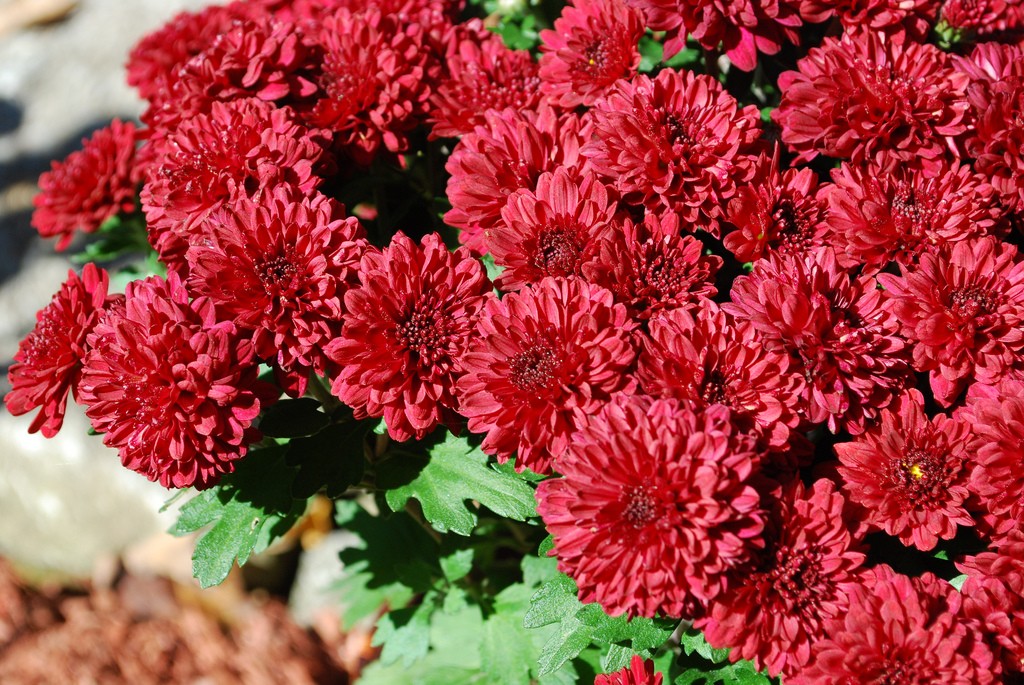It’s been a long time a’ comin’ but fall is finally beginning to show up in the early mornings, the leaves have changed to a lesser green, and although not entirely orange and yellow yet, I can see the promise of it coming.
This has been a long, hot, dry summer and I’m so ready to change out the clothes in my closet, box up my sandals and pack all the pastels away for another winter. I crave browns, ochres and soft grays, in my closet and in my landscape.
The garden, which has really suffered from the drought and beating sun, is ready for fall, too. The grass, or what’s left of it, has dried to the consistency of a corn husk, and my hydrangeas are brown and as crisp as tissue paper.
So, what do you do to help your landscape limp along until cooler weather?
Well, you can trim those oakleaf hydrangeas back several feet if they have outgrown their space. Trimming them gives their roots a break, what with not having so many limbs and leaves to try to send nonexistent water up to.
Sometimes, if you have good soil, and most Cullman gardens do, you can root those cuttings easily. Try putting them in the soil in several places to see which they like best. You might also try putting a rock or brick on longer branches that touch the ground. Lightly nick the spot where it comes in contact with the soil. Most people have wonderful success with this method of propagation.
As the weather cools, you might want to lime your garden. Lime helps your fertilizer accomplish what it needs to condition the soil for the coming year. Best to do it in the fall so that it has all winter to soak into the soil. I like the pelletized lime; it’s much easier to spread and you don’t have to deal with all of that dust that the powdered form makes.
After your potted mums have stopped blooming, you’ll want to plant them as quickly as possible. If you don’t have a place to plant them, give them to a friend or neighbor who does. They will come up year after year and you can easily propagate them in the spring by pinching the tips and planting them in pots or in the ground. They root quickly and are a good investment, considering that you can get literally dozens of clippings from a single plant.
You can also extend your coleus plants by doing the same thing. Just pinch off about three inches of the tip, then plant in pots or in the ground. They won’t survive the winter outdoors, but they root quickly and will be a great addition to your fall garden until the first freeze.
Purple cane (Setcreasea pallid), commonly known as Purple Heart, is hardy in zones 7-11. It hardly even has to be planted, you can just throw it at the soil and it will usually root in a few days. Very hard frosts will kill it in our zone, but normally, it comes back each year. It will survive inside over the winter, but will start looking haggard by spring if not pinched back occasionally.
Another plant that roots quickly is Diamond Frost Euphorbia, which has a bloom almost like baby’s breath, and makes great filler in hanging baskets, flower beds and urns. It is too tender to survive outside, but like most euphorbias, it will do just fine indoors.
The one plant that I don’t hesitate to give friends who say they kill everything they try to grow is sansevieria, or Mother-In-Law’s Tongue. The more you ignore it, the more it loves you and responds by putting out new leaves. It’s those thick leaves that make it such a good plant for people who don’t have much success with plants. Like cactus and succulents, the leaves of the sansevieria hold water so that they can fend for themselves by releasing it when the roots get dry. Note when you see it start to wrinkle just a bit, then water. Depending on how warm your house is, and what kind of pot it’s planted in, don’t be surprised if it goes weeks without a drink.
The Aspidistra is an old-fashioned plant with tough, leathery foliage. It is an ideal house plant for cooler areas of your house and requires very little in the way of care. I place mine outdoors in late spring and summer, where it loves the humidity, but you don’t have to move it outside if you don’t have a place for it. Called the ‘cast iron’ plant because of its ability to withstand a lot of neglect, it is another plant for those who have trouble remembering to water their potted plants. If you want to share this one, you’ll have to take rooted cuttings from the sides of the root ball, or divisions when you repot your plants in the spring or fall.































